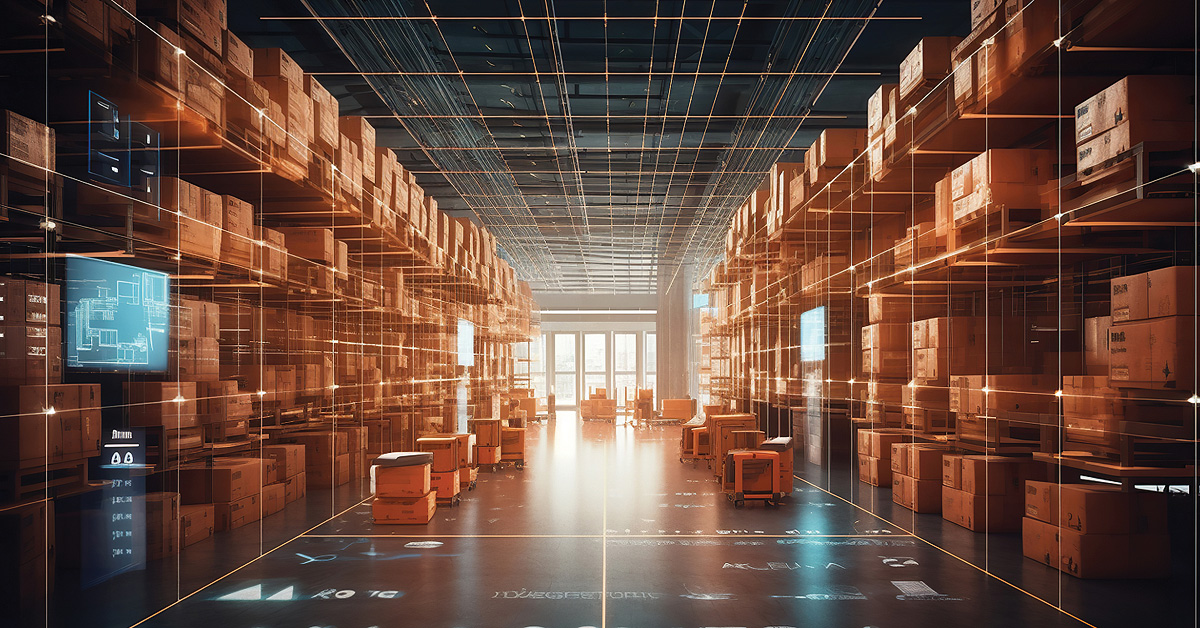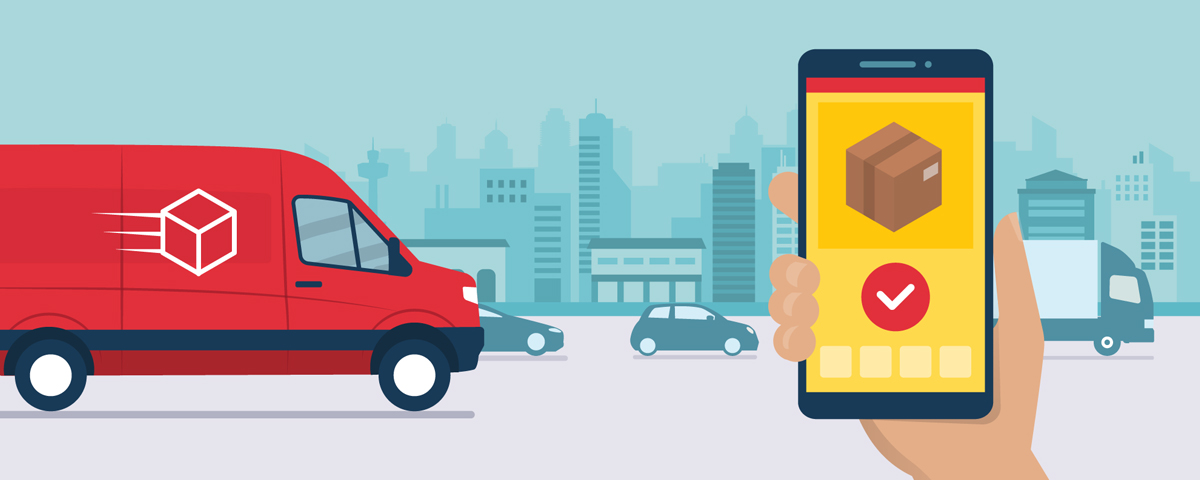
By Nancy Dahlberg
Amid the e-commerce boom ignited by the COVID-19 pandemic, consumers have come to expect their purchases to arrive fast – the same day or the next day, most likely – and exactly when promised.
The problem for retailers and logistics companies, though, is what's known as last-mile delivery.
That final leg of a package's journey to a home or office accounts for half the overall shipping cost, and particularly now with inflation and recession concerns, companies are feeling the pressure to cut expenses.
Yet, with today's consumers expecting quick, efficient service, there is no turning back on last-mile delivery. "Amazon, with their metrics, found that if they can guarantee a delivery the next day, sometimes the same day, or a couple of days, they're more likely to close the sale," said Craig Austin, associate teaching professor of logistics and supply chain management at FIU Business.
The last mile is so critical to get right because that's where the package can touch the final customer who's been driving the whole process. "It's all part of the branding underway, all the way to the package on your doorstep," Austin said. Indeed, 9 out of 10 consumers are more likely to make another purchase after a positive customer service experience, according to Salesforce research.
Retailers and logistics providers of all sizes need to find ways to not only survive, but thrive in this new environment. Some are cutting last-mile costs by bringing products closer to potential customers, creating efficiencies using technology and keeping an eye on emerging technologies.
For example, Amazon has opened regional distribution centers across the country, and competitors Target and Walmart are using their stores as fulfillment centers to speed up deliveries and reduce last-mile costs, Austin added.
Businesses are also learning that customers value the transparency and certainty of delivery above all and they appreciate choices – choices that could trim last-mile costs. Will that gift arrive before the office party in two weeks? If so, that customer may be OK with a longer shipping time, reaping a slightly better price for themselves in the process. Some logistics providers are also allowing customers to elect to pick up their package at a nearby location, perhaps incentivized with reward points, and eliminating the worry of porch pirates.

Bringing goods closer to the customer ready for last-mile delivery can lead to one costly problem: excess inventory. However, artificial intelligence (AI) can help companies predict what their customers will need. The AI technician can analyze the browse data and more to generate customer insights that guide demand forecasting, order batching and warehouse inventory optimization, and the algorithms are getting smarter all the time.
Technology also helps optimize delivery routes, and with fuel costs bumpy, that's critical.
Jose Guillermo Suarez (MSLSCM '21) is director of sales for Latin America for Tive, a Boston-based tech company that provides visibility into the entire supply chain. Its technology, with alerts, can track temperature issues that could affect perishables and shocks that could impact equipment, allowing adjustments along the way while optimizing routing and measuring which delivery routes were the most cost effective. Suarez said the company, which services Costco and other large clients, is developing AI capabilities as well.
"With this technology, you will be able to know exactly where your merchandise is every step of the road," Suarez said.
E-commerce is projected to reach $6 trillion worldwide by 2024. Last-mile delivery is one of the most expensive supply chain segments for emission pollution and environmental impact, said Andrea Patrucco, assistant professor of marketing and logistics at FIU Business.
To reduce emissions, Amazon enables shoppers to choose one day to receive all their packages across multiple orders. But so far, it's not enough. Think about what has also come with this e-commerce boom: ease of returns. No questions asked. According to data published on Statista, between 2020 and 2021, the amount of returned merchandise ending up in landfills in the United States hit 4.34 million tons, before leveling off in 2022.
"Amazon estimates that between 15% and 20% – and up to 30% during holiday seasons – of product gets returned for some reason," requiring another trip, said Patrucco. While last-mile delivery to the customer is well-measured and optimized, the process for returns might not be. "A company can be very efficient, very environmentally friendly up front, and then be very unsustainable in the reverse logistics process."
E-commerce and last-mile delivery also accelerate environmental impacts such as excess packaging, traffic congestion and poor air quality.
Walmart is testing drone delivery in six states, including at select stores in Orlando and Tampa. There, electric-powered drones can deliver more than 10,000 eligible Walmart items up to 10 pounds, including fragile items like eggs, in as little as 30 minutes. Amazon, DHL and others are experimenting too, explained Ha Ta, assistant professor of marketing and logistics at FIU Business.
She added that sidewalk robots have been bopping around Miami and could gain traction for last-mile delivery. Fully autonomous electric vehicles for the road are being tested around the country, but for now still require a human on board.
Another way to reduce the carbon footprint of last-mile delivery while decreasing fuel costs is by transitioning to electric vehicle fleets.
"We think these trucks are the future," said Washington Rojas (MSLSCM '19), executive manager of Servientrega International, a large last-mile delivery company in Colombia, Ecuador and Panama that also does last-mile delivery in the U.S. as well as first-mile services for both regions.
He ventured that companies will migrate to electric trucks because they don't use gas and because their electronics provide intelligence for optimizing routes.
"We are one of the first logistics companies in all of Miami-Dade that will have electric trucks," said Rojas, adding that his company tested the trucks with deliveries and now has two on order from Ryder.
Last-mile delivery is maturing and likely not going away. Retailers, couriers and shippers will need to be forwardthinking and agile — or they'll risk being left behind.